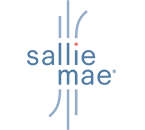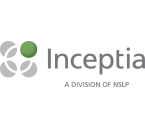ED Officials Discuss 150% Direct Subsidized Loan Limit, 2016-17 Verification at NASFAA Conference
By Amanda Sharp, Training & Regulatory Assistance Staff
150% Direct Subsidized Loan Limit
The 150% Direct Subsidized Loan Limitation has brought about many new reporting requirements for schools. During a session at the 2015 NASFAA National Conference, Ian Foss and Nathan Arnold of the U. S. Department of Education revealed that some reporting requirements continue to be problematic for schools.
One area of concern is correct reporting of academic year dates. Schools should always use the full academic year when reporting loan originations to the Common Origination and Disbursement (COD) System, whether the loan is a single term or multiple term loan. An academic year that corresponds to a single term is never correct, according to Foss.
For schools having difficulty determining whether a student’s remaining eligibility period (REP) for a Direct Subsidized Loan is sufficient for the loan period, the school has two options, Foss said:
- Attempt to originate the loan. COD will reject the loan if the student is not eligible; or
- Use the new Subsidized Usage Calculator on the COD website to simulate the effect of a new Direct Subsidized Loan origination on the REP.
2016-17 Verification
ED representative Carney McCullough pointed out during a conference session on Verification that though the 2016-17 verification requirements have changed little from 2015-16, there is one notable change. In previous award years, once an application was placed in a particular verification tracking group, the tracking group would not change due to subsequent updates or corrections to the student’s application. For 2016-17, this is no longer the case. An application may be moved to the V5 - Aggregate Verification Group from one of the other tracking groups based on corrections made in the Central Processing System (CPS) or as a result of other information that has become available to ED.
McCullough stated she expects this number to be very low. Schools are only required to verify items not previously verified based on the former verification group. No additional disbursement of Title IV aid may be made until the additional verification has been completed. If unable to verify all additional items required, the student, not the institution, is liable for the full amount of Title IV aid disbursed to them.
For highlights and summaries of key events and other sessions that were held at the 2015 National Conference in New Orleans, see our summaries page.
Publication Date: 8/6/2015












You must be logged in to comment on this page.